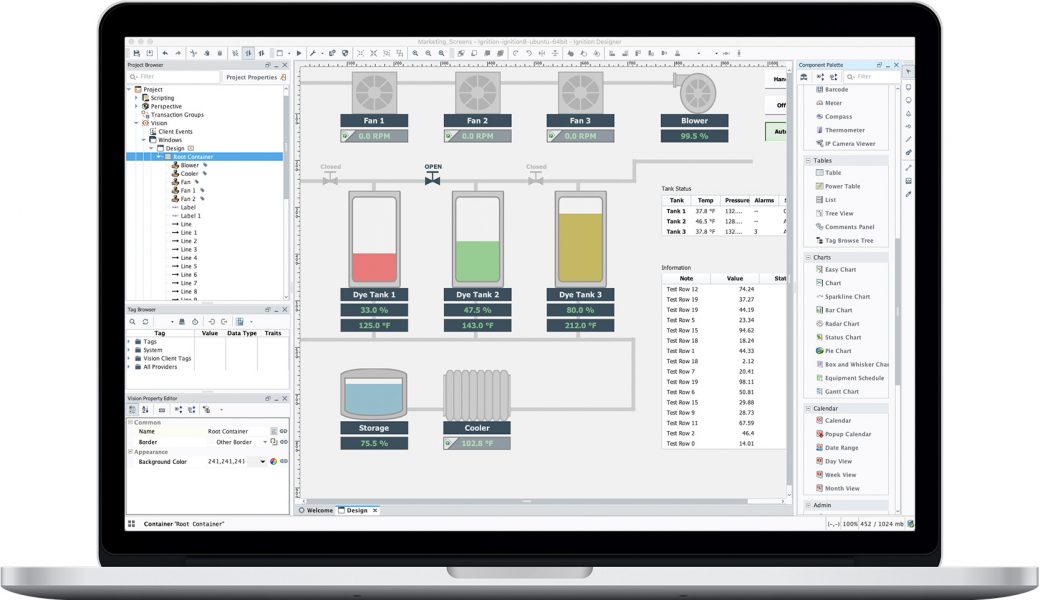As an industry expert we are trying answer basic questions come in customer’s mind.
What is Scada and how does it work?
Supervisory Control and Data Acquisition (SCADA) is a system that aims to monitor and control field devices at your remote sites. SCADA systems are critical as it helps maintain efficiency by collecting and processing real-time data. SCADA is a centralized system that monitors and controls the entire area.
Some of the industries that use SCADA in their daily operations include water and wastewater systems, electric generation, transmission and distribution systems and oil and gas systems. Manufacturing plants, food production facilities and mass transit systems also rely heavily on SCADA.
PLC and SCADA are both used to monitor and control equipment in process automation across many different industries, such as telecommunications, water and waste control, energy, oil and gas, and transportation
What is RTU in Scada?
RTU stands for Remote Terminal Unit, sometimes also called Remote Telemetry Unit or Remote Telecontrol Unit. A RTU is a microprocessor-based device that monitors and controls field devices, that then connects to plant control or SCADA (supervisory control and data acquisition) systems.
How is Scada used in power systems?
Abstract: SCADA is an acronym for Supervisory Control and Data Acquisition. SCADA systems are used to monitor and control a plant or equipment in industries such as telecommunications, water and waste control, energy. … On the other hand if we use the water power and solar power to generate the electricity.
Can IoT replace Scada?
As well as cloud computing and bit-data processing. In short, IoT begins where SCADA and PLC end. So, while the IoT market is still in early production, it can coexist with SCADA. IoT is bringing about a wave of new business models and technologies that are changing the landscape of SCADA.
What are the advantages of DCS?
A distributed control system (DCS) centralizes plant operations to provide flexibility and simplicity by allowing central control, monitoring and reporting of individual components and processes
What Basic Features You Must have in SCADA System?
Analog inputs for live monitoring. Analog inputs allow you to monitor real-time data across your network.
- Control relays (SBO points) for remote access and control.
- Graphical web interface.
- Meaningful alarm descriptions.
- Industrial-grade durability.

